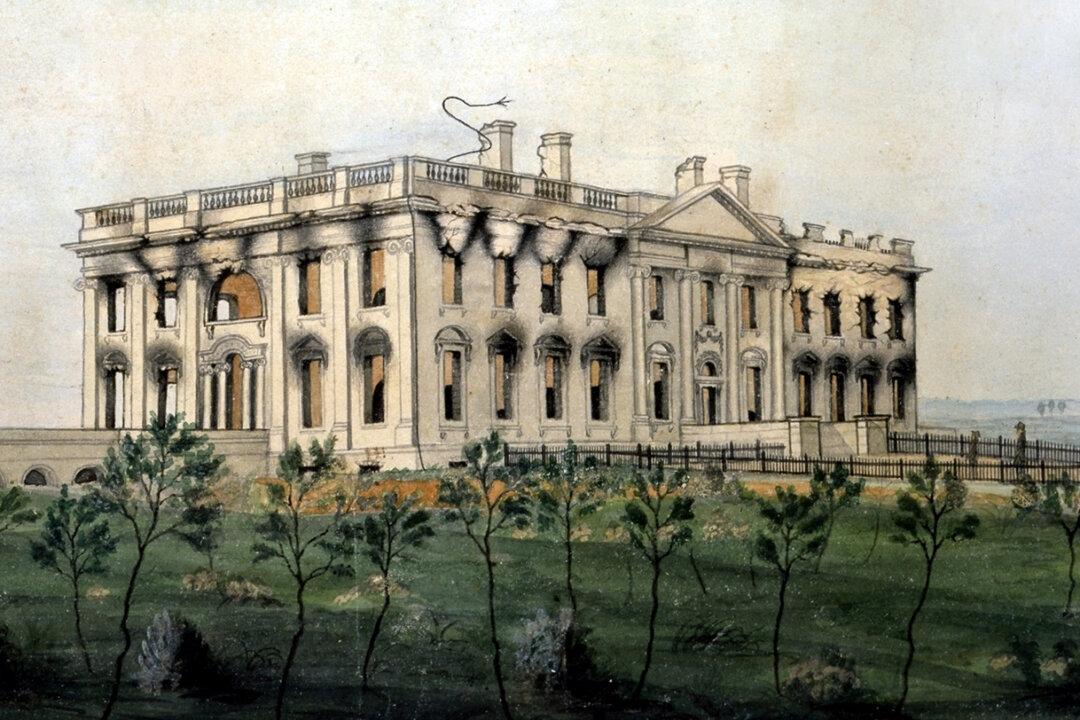The Americans were not involved in the Napoleonic Wars, but this didn’t keep them from being abused by both the French and the British. While the European coalitions fought Napoleon Bonaparte and his Grande Armée, American ships were constantly harassed by the French and British navies, with the latter often impressing American sailors into service for the Royal Navy. Many members of Congress believed the British had gone too far and so declared war on Britain, a declaration of war signed by President James Madison.
The War of 1812 commenced, and the Americans looked to expand their territory into Canada and end foreign influence in the Americas (two other reasons for declaring war). In April of 1813, American troops invaded York (modern Toronto), the capital of Upper Canada, and forced the heavily outnumbered British and Ojibwa Indians to retreat from Fort York.






